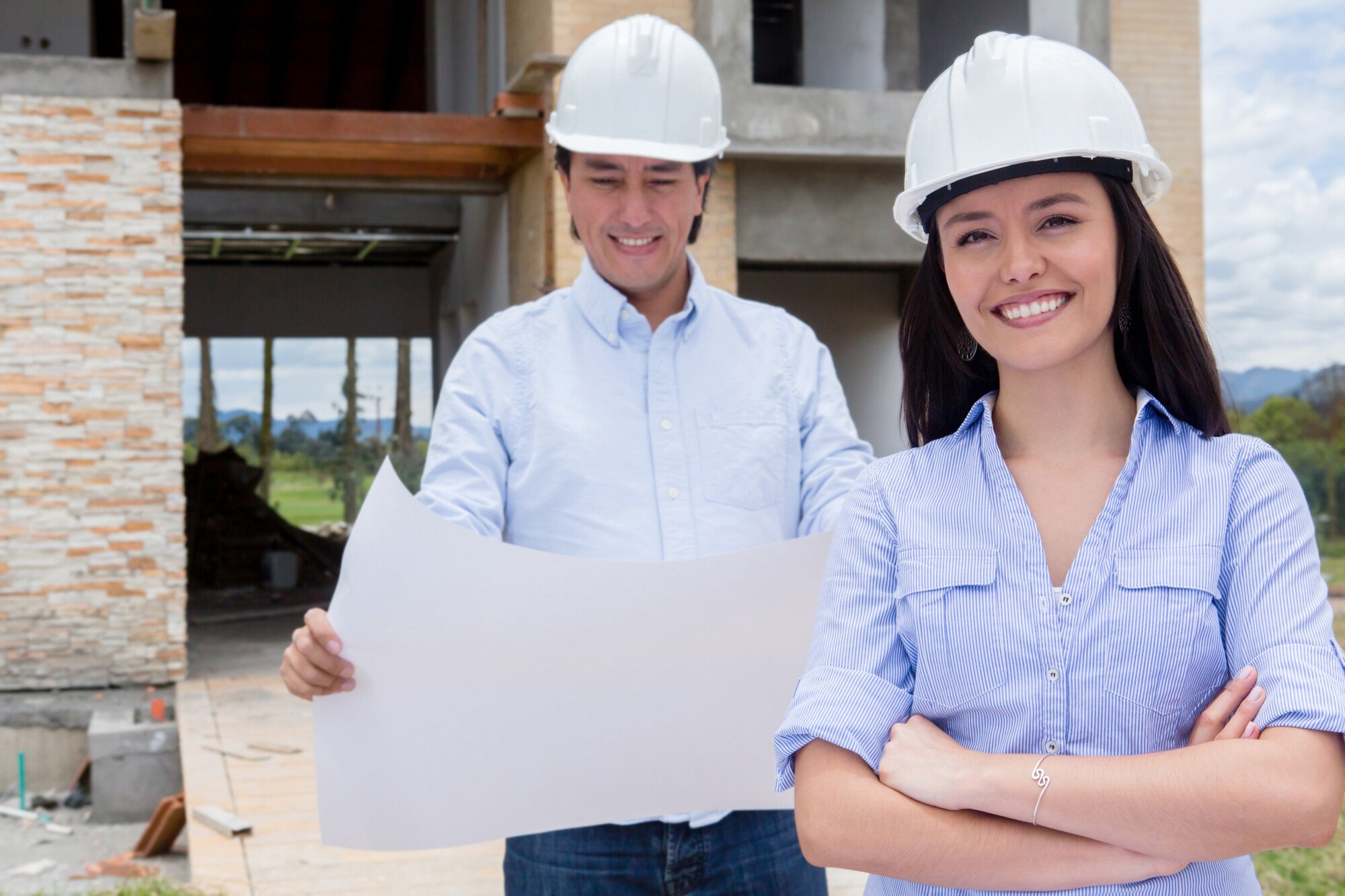Building a new home can be an exciting venture. It is a chance to bring your dream home to life.
However, the process can be overwhelming, with so many things to consider before, during, and after construction. From permits to choosing designs, the list can be endless.
That's why we have created this building a new home checklist to help you stay organized and feel confident while building your new home.
1. Building Permits
Building permits are one of the construction planning essentials and should be obtained before beginning any work. This document confirms that your building plans follow local building codes, zoning regulations, and other safety requirements.

Building permits are necessary for all types of construction, from minor renovations to major home builds, and obtaining them can be a complicated process. Before applying for a building permit, make sure you have all the necessary documents, such as:
- detailed floor plan
- engineering reports
- certificate of insurance
2. Budget
During the planning stage, determine your financial capacity and total expenses, and work with a financial advisor if necessary. Many potential expenses arise during the construction process. Ensuring you have enough money set aside for contingencies will prevent financial stress and allow your project to move smoothly.
While there are various financing options available, one recommended tool to manage your budget is a fixed-rate loan. This type of loan ensures a consistent interest rate over the entire term, providing stability and peace of mind for homeowners. Check here to learn more about fixed rate loans and how they can help you plan and budget for your new home.
3. The Right Builder
Ensure you research and check different firms to compare pricing and reviews. Hiring a quality builder will ensure that your structure is built on time and that the end product is synonymous with your design specifications.
Take time to interview and discuss your ideas and ask for their input for non-standard features that suit your preferences. Speaking to previous clients for references can help ensure you've found a reputable contractor.
4. Plan Functionality
Think about the hazards and natural and man-made catastrophes that come with the location of the new home you want to build to ensure safety features are in place for HVAC systems to reduce allergies and seismic retrofitting for earthquake-prone areas. Also, if you have family members with disabilities, make sure that your home's design accommodates all their needs, including access to different rooms, bathrooms, and entrances.
5. Energy Efficiency
When designing your new home, consider incorporating eco-friendly products. This includes such as solar panels, passive home infrastructure, energy-efficient windows, and insulation innovations. Improve your home's energy efficiency to save you money over the long haul.
6. Home Security
Installing an advanced security system should be high on your priority list because it keeps your family and property safe. Utilizing security cameras, access control, and alarm and monitoring systems are all viable options, depending on your needs. Building secure fences and gates for outdoor spaces will discourage intruders and provide your family with a sense of privacy.
Include These Essential Items on Your Building a New Home Checklist
The home-building process is an exciting but also an overwhelming process. By creating a thorough checklist, you can ensure that all the essential items are included in the planning and construction of your dream home.
Don't forget to review and update your checklist to stay organized and on track. Start creating your building a new home checklist today for you and your family. Happy building!
Be sure to check out our other articles to find out more about a variety of topics.


































